04 Mar Teaching Persistence to Kids Through Clay Modelling
You can’t control everything that your kids will face in life, especially once they move out from under your roof and have to deal with the real world. What you can do, however, is provide them with the essential skills that they need to succeed throughout their lives. One of the most important skills? Persistence.
Why is Persistence Important?
Persistence keeps kids pushing forward even when they can’t control external factors that could influence the outcome of a particular situation. It’s the difference, in many cases, between a kid who throws up their hands and gives up and one who keeps trying. It can spell the difference between a single failure, setting the stage for the rest of their lives and a child who learns to use failure as a stepping stone to higher growth. Even the most talented child can fall victim to the tendency to give up after a major failure. Through persistence, a child can overcome numerous setbacks and learn to accomplish their goals.
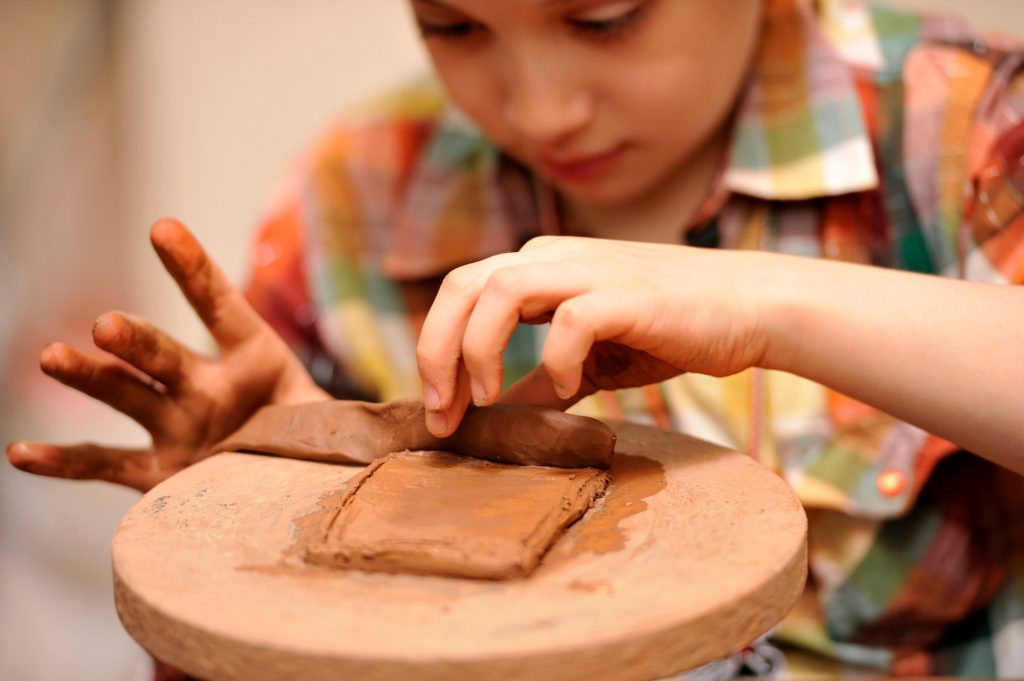
Persistence Through Clay Modelling
When your child engages in clay modelling, they won’t just learn artistic skills and how to shape and mould a piece of clay. As a child forms a cart out of clay, it challenges their spatial and motor capacities and creates a deeper understanding of the dynamics involved in such an object. Giving shape to a soft, formless material imparts mental strength and awakens a feel for creation. Clay is three dimensional, flexible, and natural material. It can be worked to form a wide range of shapes, including mountains, chairs, and cars. This process requires tremendous willpower and concentration, as clay demands that your child shape every detail into its surface. Clay modelling can be introduced to children through step by step challenges.
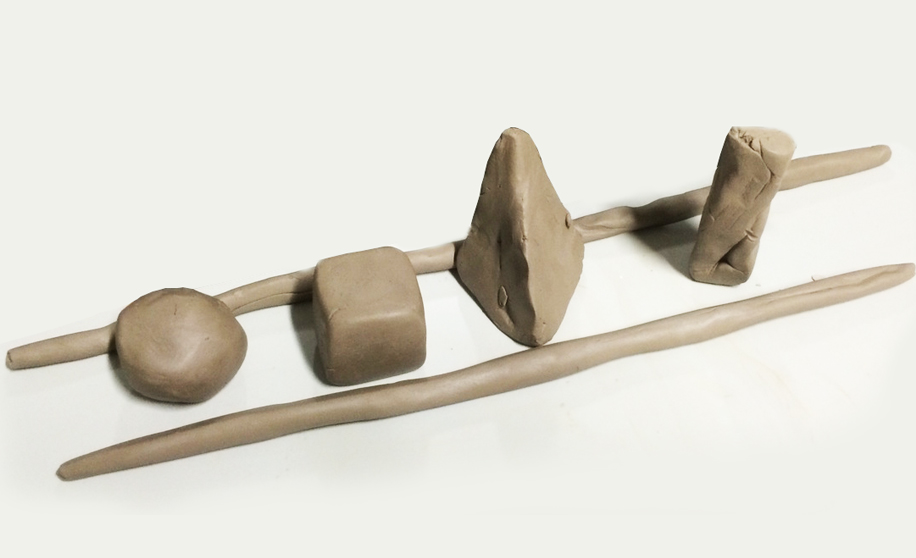
Step one: Make basic shapes. In this first step of the modelling process, children will shape the basic geometrical shapes. They’ll learn how to use the clay to set a strong base that will survive the rest of the creation process. In this first step, children make various basic shaped models: spheres, ovals, cylinders, cone, cube, cuboid blocks, pyramids and more. Then, they will work to create symmetrical and asymmetrical patterns in those basic shapes. Also, they need to make the basic geometrical shapes in different sizes to visualize the spatial sense. This working engages many kinesthetic senses, including balance, touch, and vision.
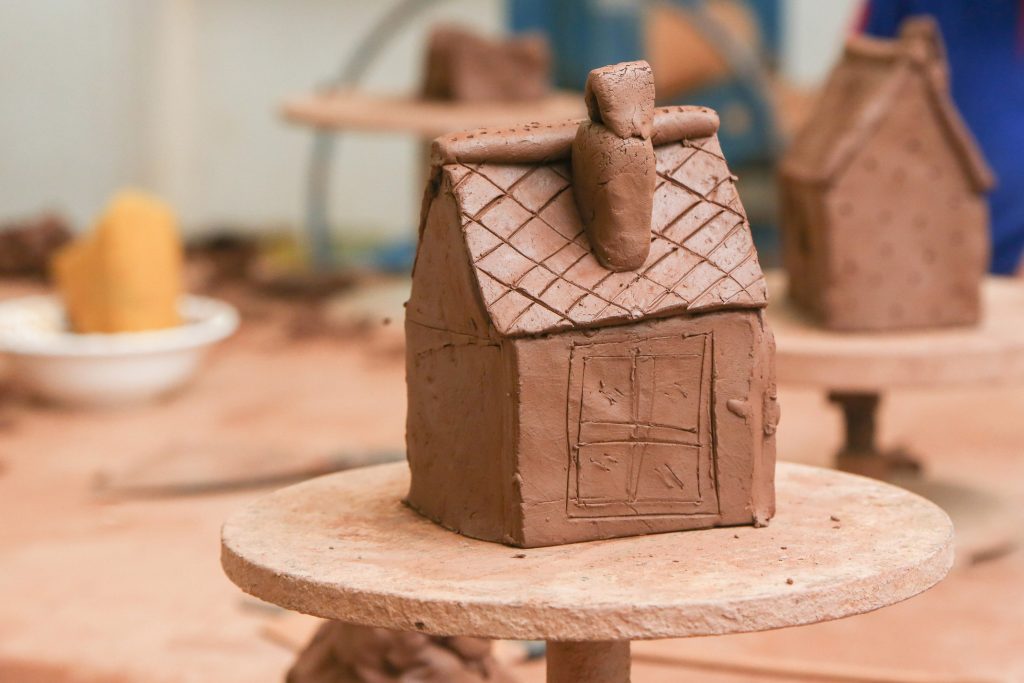
Step two: Convert the shapes into models of objects
Once children mastered the art of creating basic geometrical shapes in different sizes, they can try converting these shapes into animals of their choice. They can also make various objects like vehicles, buildings, etc. This is the most crucial step, as the models may turn out to very shabby in look. So the children have to look back and identify the problem and again rework it.
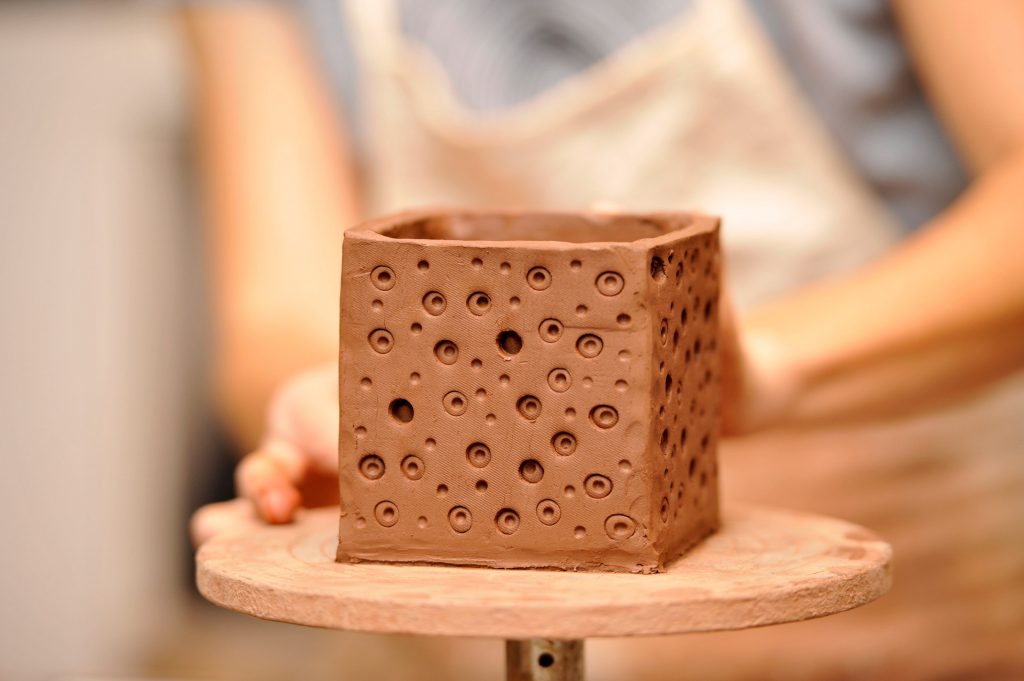
Step three: Decorate the models with various materials through imagination. Often, creating a stunning clay model requires adding other materials to the clay sculpture. You can add natural seeds, seashells, sticks, stones, pom-poms to the basic clay models. This decoration process may involve a great deal of trial and error. What materials work well with the clay? Which ones can cause problems with the structure of the clay? Your child may need to work out which things are a good fit for a particular structure and which embellishments don’t work as well as they’d hoped.
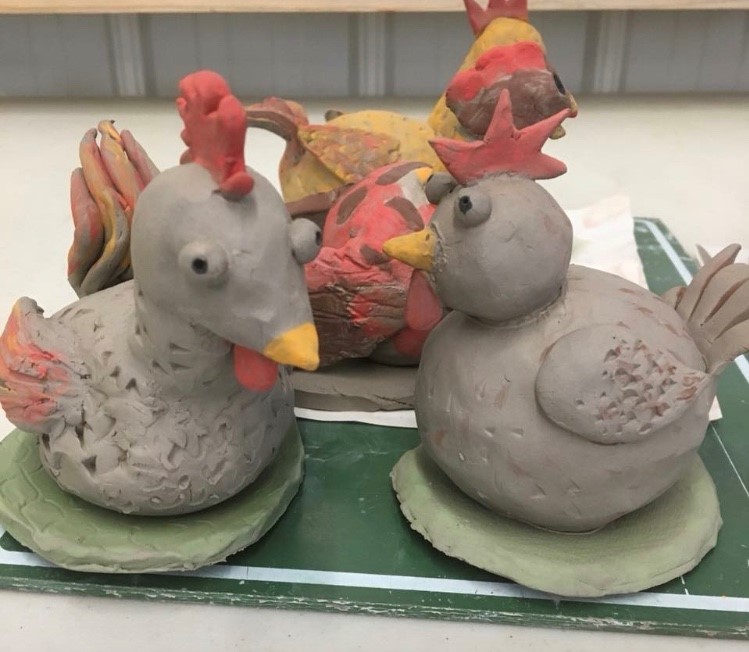
Step four: Make connections with other aids. Depending on the shape of the structure, your child may use long sticks or ropes to shape the sculpture and develop their concept into reality. They may connect numerous smaller forms into a larger sculpture: building on the skills they’ve developed at previous levels and trying out new materials and skills. Your child will grow through the process, developing more patience and learning exactly how these materials interact together.
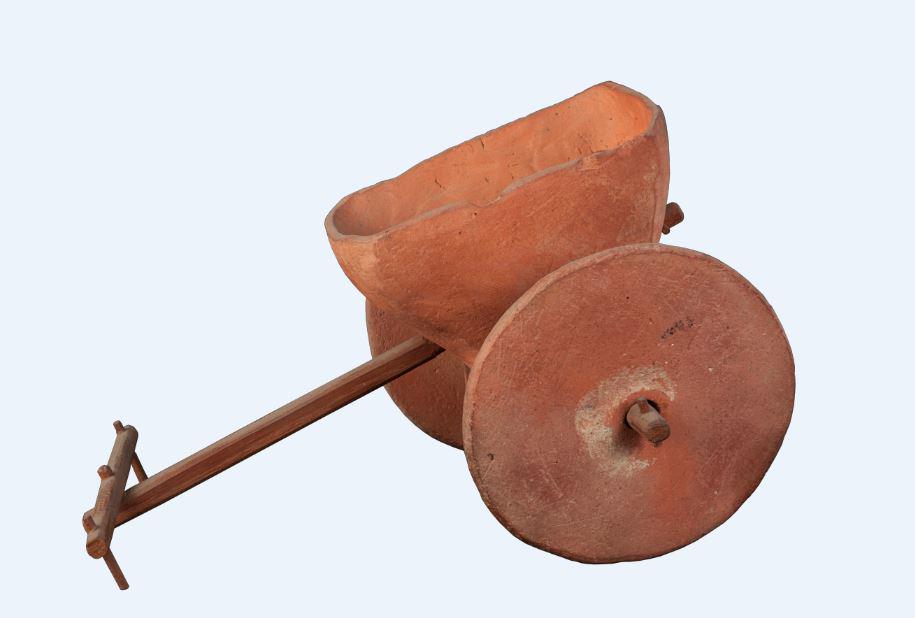
Step five- Making dynamic moving toys: Once your child progresses past the basic modelling stage, they will learn how to transform those models into dynamic, moving toys. To make dynamic toys, the children have to make a clay model not only strong enough to withstand play but malleable. They may need to add joints or change the way the materials move together. These moving toys will be one of the first opportunities your child has to engage with and enjoy the fruits of their labours.
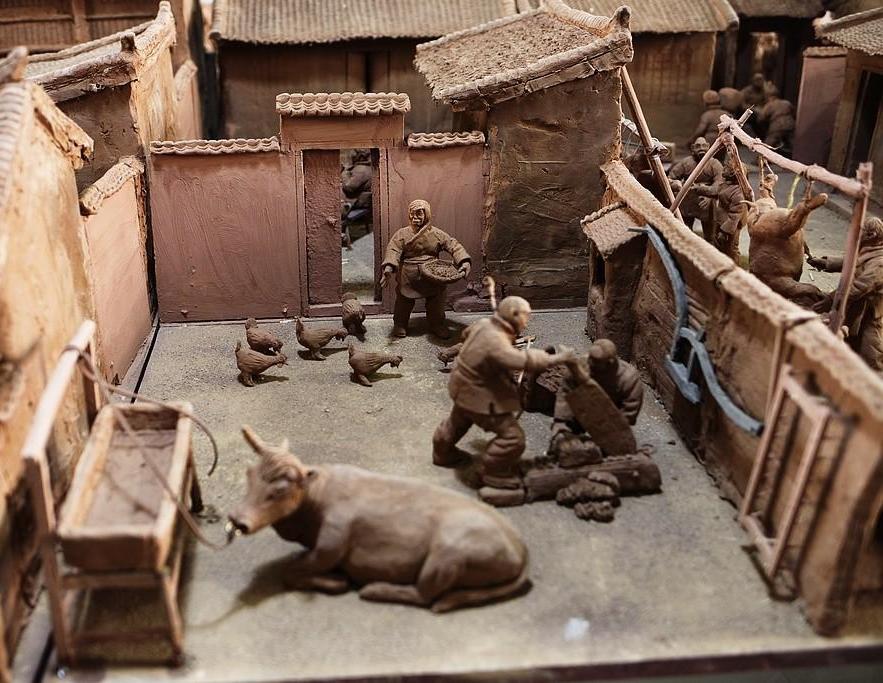
Step six: Creating a stage drama with clay modelled items. Your child will have the opportunity to take those models to the next level, by using those models to create a stage drama. They can show off their accomplishments, share them with you and with others, and expand their creative efforts. In some cases, the first attempt might not go according to plan–but that will help your child further learn and grow.
The Benefits of Clay Modelling in Learning Persistence
Clay modelling is an excellent creative pastime that grows with your child as their skills and capabilities improve. In painting and drawing, the thumb, index finger, and middle finger guide the paintbrush or pencil, which results in a touch experience only at the point where the tool is touched. In clay modelling, on the other hand, both hands are in direct contact with the piece throughout the entire work process. The hands take various positions and make different movements, touching, feeling, and forming. The child experiences an immediate and complete tactile sensation throughout the modelling process.
By modelling clay, your child learns how to keep trying. In many cases, the first attempt to make a specific type of model or achieve a particular kind of result won’t work. Your child will need to go back to the drawing board and try out something new. It can be like using a new material or attempting a new design altogether. In some cases, concepts may fail. Over time, your child will learn how to deal with that failure and building his persistence.
Are you looking for a creative outlet that is more than just a hobby for your child? Do you want to help teach persistence and resilience that could stay with your child for the rest of his life? Do you want to help your child in making critical decisions? Clay modelling could be the ideal solution for your family. Contact us today to learn more about the options we provide and how our kits and options can help your child build that critical persistence.
Author

Manikandan S T
Designing the Learning Experience
Mentor at Miyav Kids



